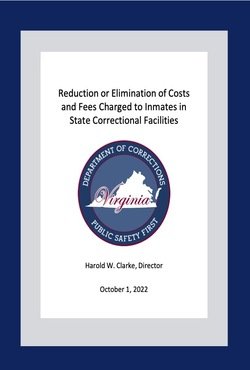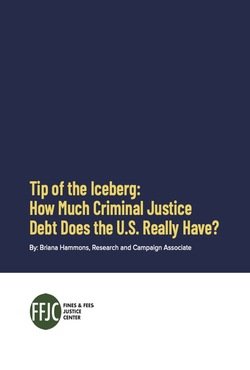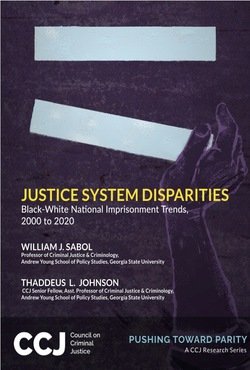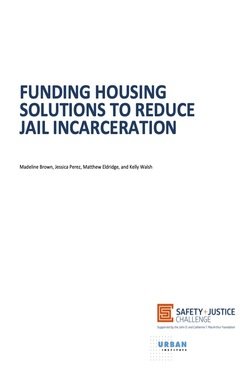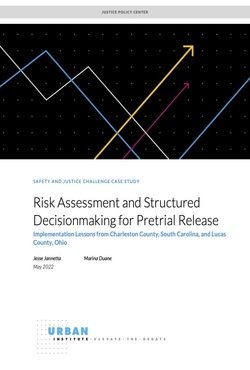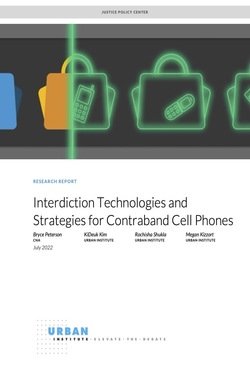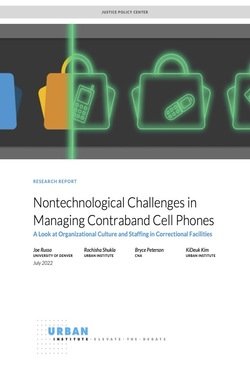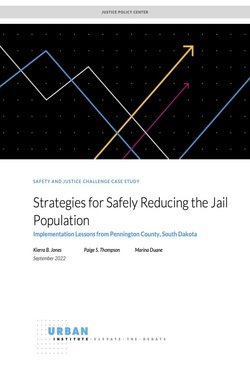By The Virginia Department of Corrections
At the directive of bills from the Virginia Senate and House, the Virginia Department of Corrections (VADOC) organized a work group to make recommendations regarding the reduction or elimination of communication, commissary, and financial fees charged to inmates in state correctional facilities. There are limited jobs available to incarcerated people and the high costs of goods and services in prison are prohibitive with the amount of money incarcerated people can earn. As a result, they must often rely on their loved ones for additional financial support. Before the pandemic, a third of families with incarcerated loved ones went into debt trying to stay in touch. This report recommends policymakers reduce the financial burdens on incarcerated people and their loved ones, details the financial impact of their recommendations, and provides potential solutions to ensure no decrease or interruptions in the program and services provided by VADOC facilities.
Richmond: Virginia Department of Corrections, 2022. 54p;.


